This article was medically reviewed by Erik Kramer, DO, MPH and by wikiHow staff writer, Hannah Madden. Dr. Erik Kramer is a Board-Certified Primary Care Physician at the University of Colorado. With over 15 years of experience, his clinical interests include obesity and weight management, diabetes care, and preventive care, as well as embracing a holistic approach to primary care. He received his Doctorate in Osteopathic Medicine (D.O.) from the Touro University Nevada College of Osteopathic Medicine and completed his residency at Central Maine Medical Center. Dr. Kramer is a Diplomate of the American Board of Obesity Medicine.
There are 7 references cited in this article, which can be found at the bottom of the page.
This article has been viewed 19,441 times.
Your neck usually has a slight degree of a curve to it, called cervical lordosis, which helps you move it back and forth. The straightening of the cervical spine, which is also called military neck, flat neck, or cervical kyphosis, can happen after an injury or prolonged poor posture. Common causes may include neck trauma, degenerative disc disease, congenital birth defects, infection, or tumors. Fortunately, there are things you can do at home and with a doctor to treat straightening of the cervical spine and reduce pain and discomfort.
Steps
Reversing Straightening of the Cervical Spine
-
1Visit a physical therapist to stretch and strengthen your muscles. Physical therapists are trained medical professionals who can teach you exercises to help boost the muscles in your neck and shoulders. If you have a primary care doctor, get a recommendation from them on what physical therapists are in your area. Otherwise, make sure you are going to a physical therapist that knows about upper cervical issues.[1]
- Depending on how severe your compression is, you may have to visit the physical therapist once to twice a week.
- You can practice easy exercises at home as well. Try lying on your stomach with your arms at your side. Rest your forehead against the floor. Keep your chin tucked as you lift your forehead off of the floor.
-
2See a chiropractor to align your spine. If your upper vertebrae are out of alignment, it can make your neck pain worse. Talk to a chiropractor about your symptoms and let them do an adjustment of your neck and spine.[2]
- A chiropractor can also make specific measurements of your neck and spine to see how far along your misalignment is.
Advertisement -
3Maintain good posture when you sit or stand. Keep your shoulders down in a relaxed position and align your neck with your spine. Try not to tilt your head in either direction so that your neck stays straight up and down. Remember to check in with yourself often throughout the day to maintain your posture.[3]
- This is especially important if your job requires you to sit at a desk.
Tip: Try setting reminders for yourself every hour to check your spinal alignment throughout the day.
-
4Exercise once a day. Moving your body and elevating your heart rate once a day can help speed up your recovery, even if you have to modify your routine to manage your neck pain. You can try walking for 50 to 60 minutes per day as a low impact exercise routine.[4]
- Avoid exercises that put unnecessary strain on your neck, like barbells.
- If you are going to a physical therapist, talk to them about some low impact exercises you can do safely.
- While exercising won’t necessarily reverse your injury on its own, it will help you strengthen your muscles and stay healthy.
Managing Pain and Discomfort
-
1Alternate heat and ice on your neck. To manage your pain throughout the day, spend 20 minutes with an ice pack on your neck and 20 minutes with a heating pad about twice a day. The ice will help stop any swelling, while the heat can help soothe the pain and stiffness.[5]
- Try keeping a few ice packs in the freezer so you can grab them as you need them.
-
2Rest your neck with a soft neck brace. Soft neck braces help to give your neck muscles support without putting too much strain on them. Wear it for 30 minutes at a time 2 times a day at most.[6]
- You can get a soft neck brace from your medical care provider. Your insurance might even be able to cover it.
- If you wear a soft neck brace too much, you could weaken your neck muscles and cause more problems in the long run.
-
3Try over-the-counter pain relievers. Acetaminophen, naproxen, and ibuprofen can help to mitigate the pain and stiffness that you may be experiencing. Read the label on the pain medicine to see how much to take and how often.[7]
Tip: Try alternating between Ibuprofen and Tylenol throughout the day for best results.
-
4Avoid rolling your neck to relieve pain. Rolling your neck in a circle can grind the bones together and make your pain worse. Instead, look left and right with your chin down towards your chest and hold the position for 10 seconds each.[8]
- This will help stretch and elongate the muscles in your neck without hurting your vertebrae.
Seeking Medical Care for Cervical Kyphosis
-
1Seek prescription medication if your pain is severe. If you’ve tried over-the-counter medicine and it isn’t working anymore, talk to a healthcare provider. They can tell you your options in regards to pain management and may be able to prescribe you a stronger medication.[9]
- Your doctor may also prescribe antidepressants, anti-seizure medication, or muscle relaxers since those have all been shown to reduce pain in patients with straightening of the cervical spine.
- Steroid injections may also be helpful for pain management.
- Always follow your doctor’s instructions on how much and when to take pain medication. If you use them too much, you could become dependent on them.
-
2See your doctor if you have numbness or tingling in your extremities. If your fingers, hands, or toes are going numb or tingling a lot, it could mean that your nerves are being compressed. Talk to your doctor about what your options are for treatment.[10]
- Your doctor may do a nerve study to test the strength and speed of your nerve signals.
-
3Talk to your doctor about surgery as a last result. If you’ve tried managing your symptoms and seeing a specialist but your pain and discomfort are getting worse, consult your doctor. They may recommend surgery where the surgeon will either remove any bone spurs, remove part of a vertebra, or fuse a segment of your neck.[11]
- You may also need surgery if you are feeling numbness in any areas of your body because this means that your nerves are being compressed.
Warnings
- Talk to your doctor if you have tingling or numbness in your hands and feet.[13]⧼thumbs_response⧽
References
- ↑ https://www.ncbi.nlm.nih.gov/pmc/articles/PMC5324370/
- ↑ https://uppercervicalawareness.com/how-the-straightening-of-your-cervical-spine-can-impact-health/
- ↑ https://www.health.harvard.edu/pain/relief-dos-and-donts-for-that-nagging-neck-pain
- ↑ https://www.spineuniverse.com/conditions/spondylosis/video-series-exercises-cervical-spondylosis
- ↑ https://www.hopkinsmedicine.org/health/conditions-and-diseases/cervical-spondylosis
- ↑ https://www.mayoclinic.org/diseases-conditions/cervical-spondylosis/diagnosis-treatment/drc-20370792
- ↑ https://www.mayoclinic.org/diseases-conditions/cervical-spondylosis/diagnosis-treatment/drc-20370792
- ↑ https://www.health.harvard.edu/pain/relief-dos-and-donts-for-that-nagging-neck-pain
- ↑ https://www.mayoclinic.org/diseases-conditions/cervical-spondylosis/diagnosis-treatment/drc-20370792
- ↑ https://www.umms.org/ummc/health-services/orthopedics/services/spine/patient-guides/neck-pain-overview
- ↑ https://www.ncbi.nlm.nih.gov/pmc/articles/PMC5324370/
- ↑ https://www.mayoclinic.org/diseases-conditions/cervical-spondylosis/diagnosis-treatment/drc-20370792
- ↑ https://www.umms.org/ummc/health-services/orthopedics/services/spine/patient-guides/neck-pain-overview
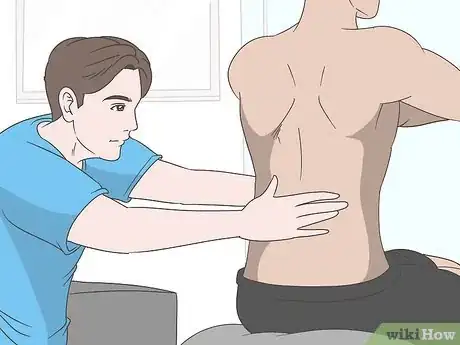
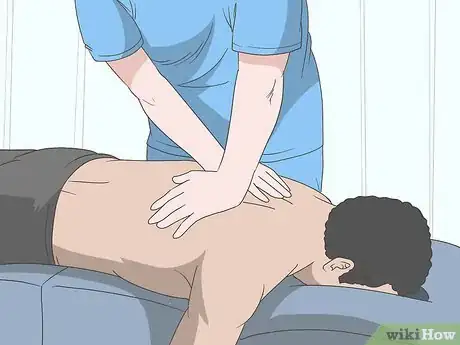
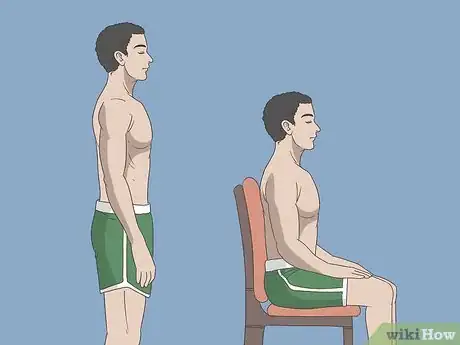
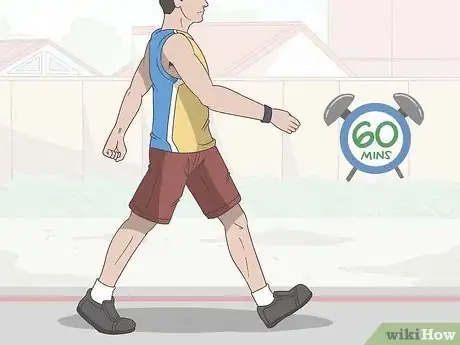
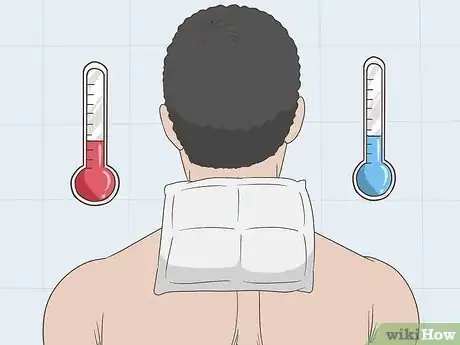
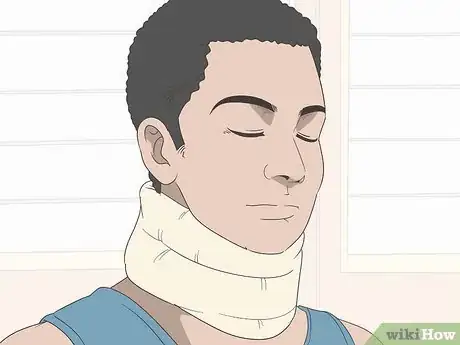
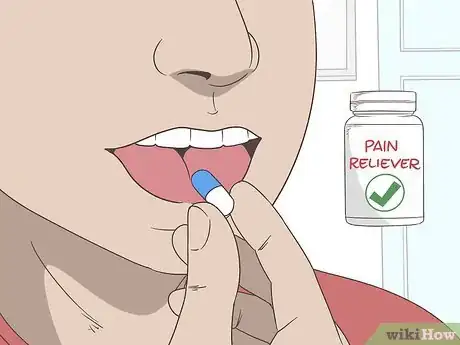
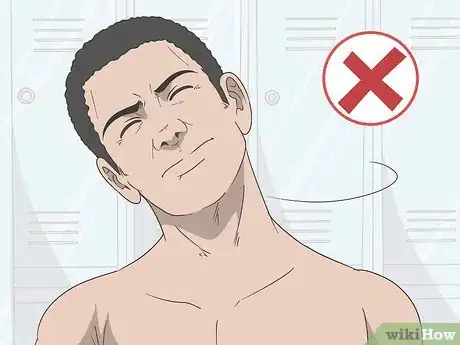
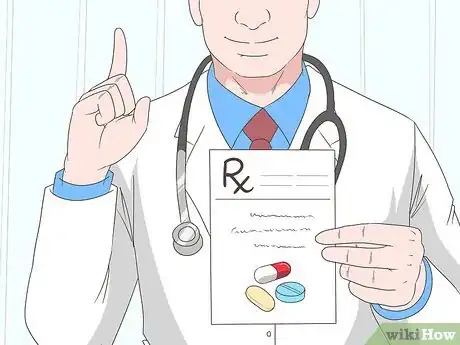
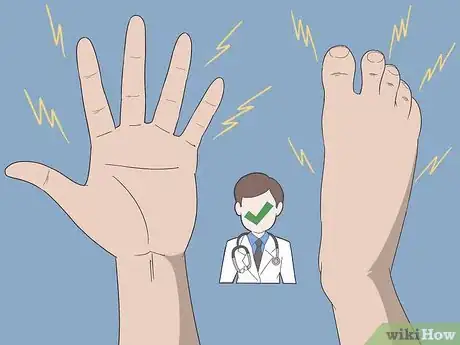
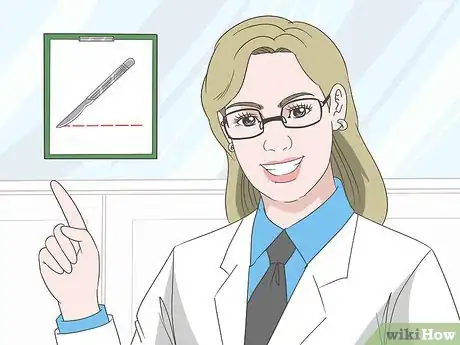
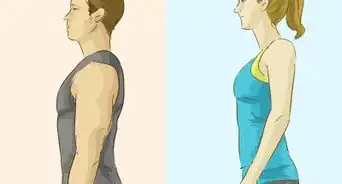
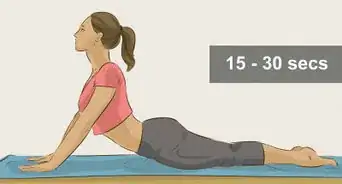


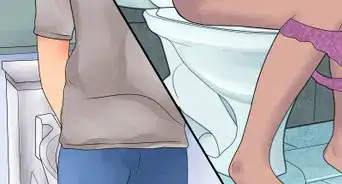
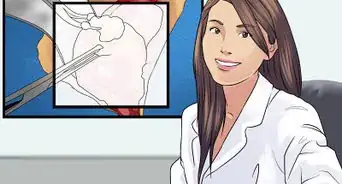
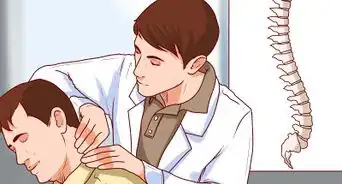
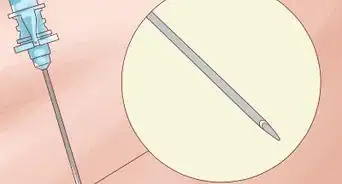

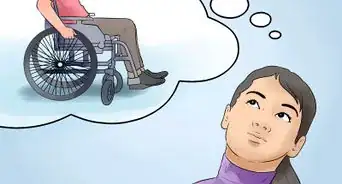

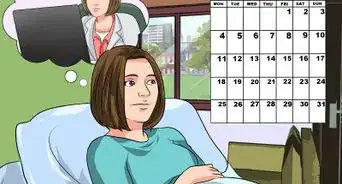
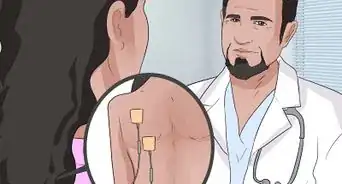








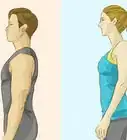
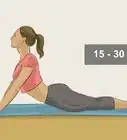






































Medical Disclaimer
The content of this article is not intended to be a substitute for professional medical advice, examination, diagnosis, or treatment. You should always contact your doctor or other qualified healthcare professional before starting, changing, or stopping any kind of health treatment.
Read More...